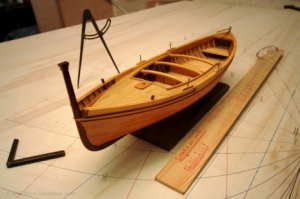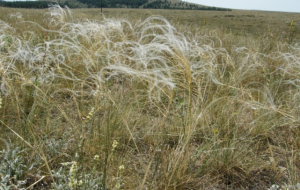Reggio Calabria – Ax Masters

The ancient maritime tradition, together with the industriousness of the population living in the coast is documented by the particular manual and engineering skills of the so-called “ax masters”. Among the boat builders, the most famous are those of Scilla and Bagnara, who combine great technical ability with special care, always respecting tradition. The knowledge of the sea, the main stage of adventures, riches, deprivations since Calabria’s most remote times, is expressed in the hands of the “ax masters”, like a caress of love. So sweet, concave wooden forms are born, light as a nutshell, swinging and fast, more than tuna, more than swordfish, more than the song of the sirens that can still be heard in the Scilla wind












